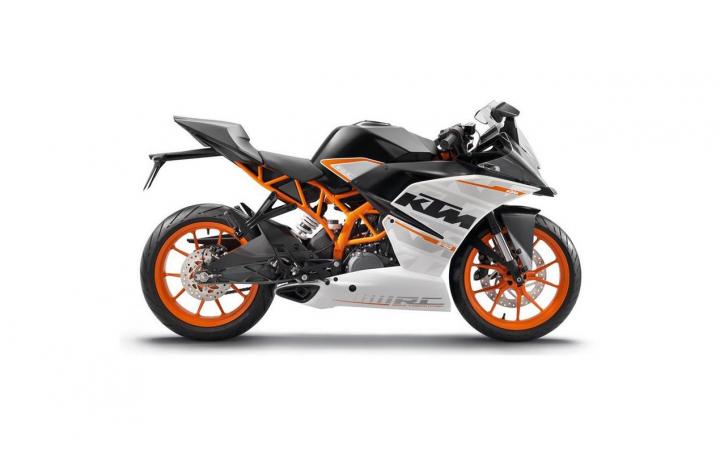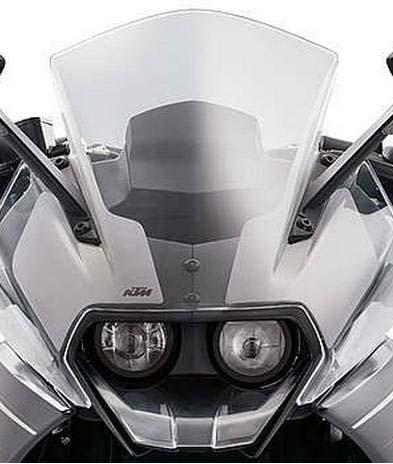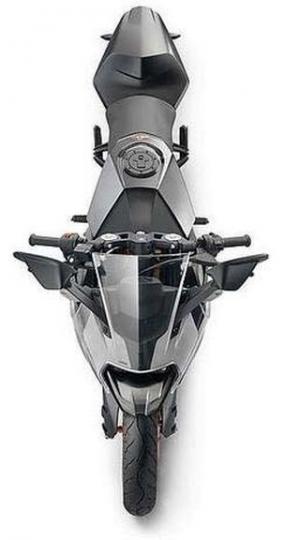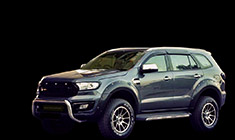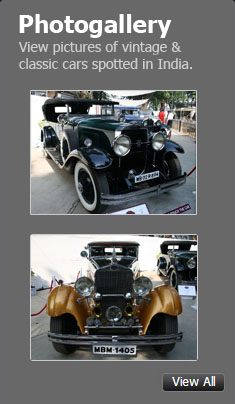News
KTM Duke RC390 revealed
Ahead of its debut at the 2013 EICMA motorcycle show in Milan, Italy, imagery and technical details of the KTM Duke RC390 have hit the interweb. The KTM Duke RC390 ADAC Cup Racer was a teaser of the production model and the design largely remains consistent but for the exhaust which retains the under seat design as on the other small-capacity Duke models. Apart from this detail, twin headlamps, and revised graphics, the KTM RC390's design is very similar to the race-spec model.
The full-faired RC390 is based on the Duke 390, with which it shares its engine and transmission. The engine is the 373 cc single cylinder four stroke motor, which features liquid cooling and fuel injection. The motor outputs 43 Bhp of peak power and 35 Nm of peak torque. The KTM RC390, owing to its full-fairing is heavier than the Duke 390 by 8 kilograms. The RC390 comes with changes to the steering head angle (66.5 degrees), which endows it with a shorter wheelbase, shorter trail and a larger ground clearance.
As is with the case of the Duke 390, ABS will be standard on the RC390 and so does the 10 liter tank. The RC390 is likely to have a higher top speed than the Duke 390 due to the presence of the full-fairing, a feature that will make the motorcycle more aerodynamic. Also, a rider is likely to feel more comfortable at high speeds on the RC390 than on the Duke 390 due to the presence of a wind drag reducing full-fairing.
The KTM RC390 will be built by Bajaj Auto, at Chakan, off Pune. Bajaj Auto and KTM will sell this motorcycle in India as their new flasghip version, by pricing and positioning it above the Duke 390. The made-in-India KTM RC390 will also be sold across the world, in line with KTM's strategy of using Bajaj Auto's Chakan production unit and India as low cost-high quality production and sourcing hubs respectively.
Expect the KTM RC390 to be launched in India early next year. The motorcycle is likely to be priced 10-20 thousand rupees more than the Duke 390.
Source VisorDown



